The DC Universe has undergone seismic shifts over the past decade, with fluctuating creative leadership and a series of films that struggled to find a consistent tone. In 2022, the arrival of James Gunn and Peter Safran as co-heads of DC Studios marked a turning point. Gunn, celebrated for his work on Marvel’s “Guardians of the Galaxy” and DC’s “The Suicide Squad,” was tasked with rebooting the DC Universe (DCU) for a new generation. At the heart of this vision stands “Superman” (2025), a film that not only reintroduces the iconic hero but also sets the tone for the entire franchise moving forward.
James Gunn’s Vision for the DC Universe
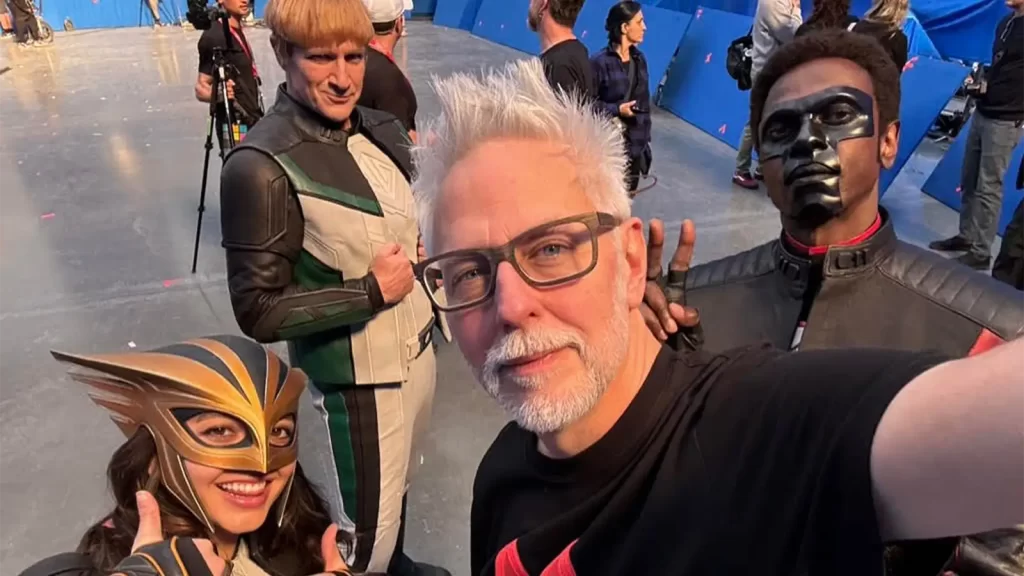
A Unified Yet Flexible Universe
James Gunn’s approach to the DCU is both ambitious and pragmatic. Unlike previous attempts to mimic Marvel’s tightly interwoven cinematic universe, Gunn has emphasized the importance of both interconnected storytelling and standalone narratives. He aims for a universe where each film can be enjoyed independently, while still contributing to a broader narrative tapestry. This strategy is a direct response to criticisms of “superhero fatigue” and the confusion that can arise from overly complex continuity.
“I am really trying to be careful that anybody can dip in and see the story that is up next and not feel like they’re missing information. The other stories can provide added texture to what you’re watching.” — James Gunn
Embracing Artistic Diversity
Gunn’s leadership is marked by a desire to empower filmmakers to bring their unique visions to the DCU. He has stated that each project should reflect the creative voice of its director and writers, rather than being constrained by a single overarching style or tone. This philosophy is evident in the varied slate of upcoming projects, from animated series to cosmic epics.
Chapter One: Gods and Monsters
The first phase of Gunn’s DCU, titled “Gods and Monsters,” places Superman at its core. This phase is designed to explore the duality of power and humanity, with Superman serving as the linchpin for the new narrative direction. Other projects in the pipeline include a Green Lantern series, the cinematic debut of Damian Wayne, and a focus on lesser-known but beloved characters.
Reimagining Superman: Gunn’s Take on the Man of Steel
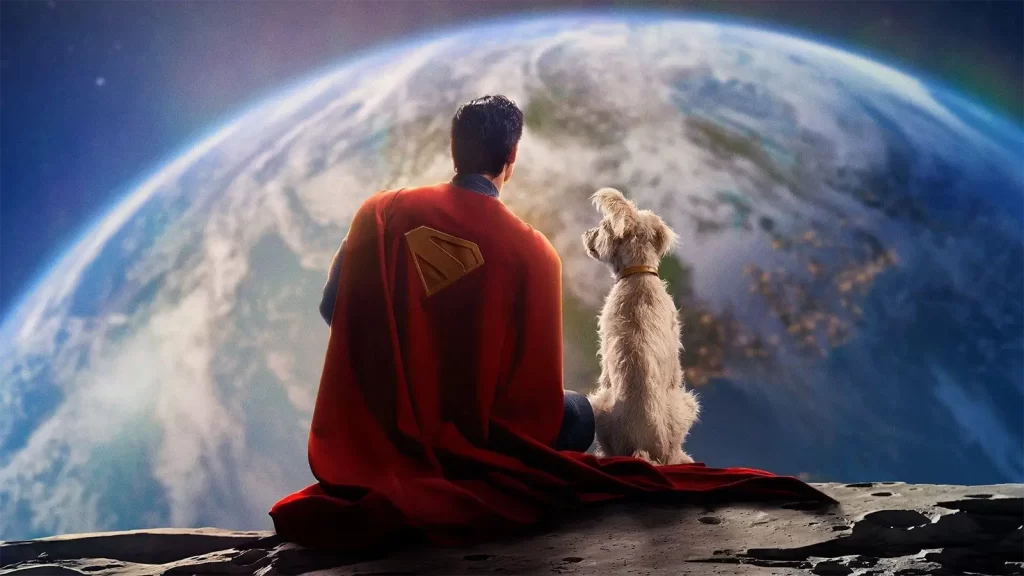
A Departure from the Past
Gone is the brooding, untouchable Man of Steel. David Corenswet’s Superman is hopeful, humble, and (gasp!) relatable. He’s already Superman when the movie starts, but still figuring out who he is and how he fits into a world that isn’t always kind. It’s emotional, inspiring, and totally golden-age in tone, without losing modern edge.
Balancing Heritage and Humanity
“Superman” (2025) explores the hero’s struggle to reconcile his Kryptonian heritage with his upbringing in Smallville. Gunn has described the film as a journey of self-discovery, where Superman must navigate the expectations of both worlds while staying true to his core values. The film’s narrative is less about external threats and more about internal conflict and moral choices.
A Brighter, More Hopeful Tone
Gunn’s Superman is not the stoic, untouchable figure of previous incarnations. Instead, he is portrayed as a beacon of hope who, despite doubts and insecurities, never stops striving to do the right thing. The film leans into classic comic book optimism, with vibrant cinematography and a sense of wonder that harkens back to the golden age of superhero storytelling.
“Superman” (2025): A Review
Story and Structure
The film opens with Superman battered and vulnerable, immediately signaling a departure from the invincible archetype. Rather than relying on exposition or flashbacks, Gunn’s narrative propels forward, trusting the audience’s familiarity with Superman’s mythology. This approach keeps the pacing brisk and allows for deeper exploration of the world around the hero.
Characterization
- Clark Kent/Superman: David Corenswet delivers a nuanced performance, capturing both the earnestness and the inner turmoil of the character. Superman’s optimism is not naive but hard-won, forged through personal loss and public skepticism.
- Lois Lane: Rachel Brosnahan’s Lois Lane is sharp, witty, and fiercely independent. Her dynamic with Clark is both playful and emotionally resonant, grounding the film’s more fantastical elements.
- Nicholas Hoult’s Lex Luthor in Superman (2025) is a modern, chillingly charismatic tech mogul—ruthless, intelligent, and true to the comics—delivering the complex villain fans have long been waiting for.
- Supporting Cast: The inclusion of Krypto, Superman’s loyal dog, adds levity and heart, while the antagonists—The Engineer and Ultraman—provide formidable challenges, even if they occasionally veer into caricature.
Visuals and Direction
The cinematography is a standout, with deliberate choices that evoke the feeling of flipping through a comic book. Action sequences are fluid and immersive, with the camera moving alongside Superman in flight, creating a visceral sense of movement. The use of light and color bathes the film in a golden glow, reinforcing its hopeful tone.
Themes and Social Commentary
Gunn weaves timely commentary on media manipulation, public trust, and the burden of heroism into the narrative. Superman’s challenges are not just physical but also philosophical, as he grapples with the expectations of a world that is both inspired and threatened by his presence.
Strengths
- Faithfulness to Source Material: Gunn’s reverence for Superman’s legacy is evident in every frame, from the costume design to the moral dilemmas faced by the hero.
- Emotional Core: The film’s most powerful moments are its quietest—tender scenes between Clark and his parents, moments of doubt and reflection, and the unwavering belief in the goodness of people.
- Optimism and Humor: While not devoid of darkness, the film balances serious stakes with moments of levity and genuine warmth.
Weaknesses
- Overstuffed Plot: At times, the film tries to juggle too many subplots, leading to occasional pacing issues and underdeveloped villains.
- Action Overload: Some action sequences, while visually impressive, can feel excessive and detract from the emotional stakes.
Critical and Audience Reception
The film has been met with generally positive reviews, praised for its fresh take on the character and its visual flair. However, some critics have found it overly ambitious and occasionally generic, citing a lack of depth in certain antagonists and a tendency to play it safe. Still, for many, “Superman” (2025) is a much-needed course correction for the DCU, reinvigorating the franchise with hope and heart.
Conclusion
James Gunn’s stewardship of the DC Universe represents a bold new chapter, one that honors the past while forging an optimistic path forward. His vision for Superman is both a return to the character’s roots and a timely reinvention, offering a hero who is inspiring not because he is perfect, but because he never stops trying. “Superman” (2025) is not just a superhero film—it’s a manifesto for a new era of DC storytelling, one built on hope, humanity, and the belief that even in the darkest times, there is light at the end of the tunnel.



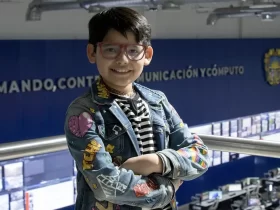



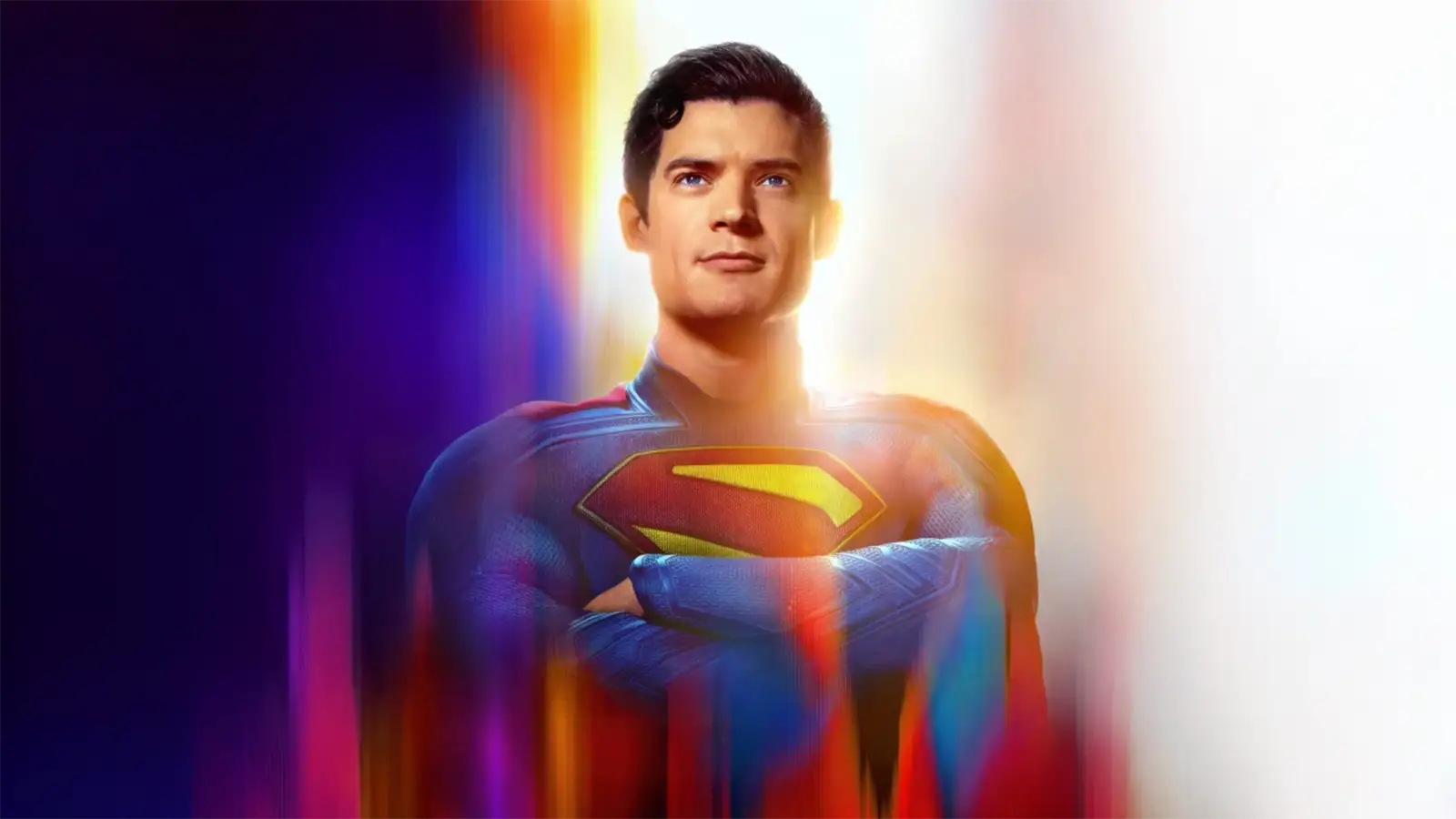





























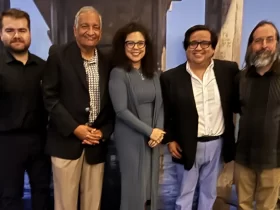


Leave a Reply